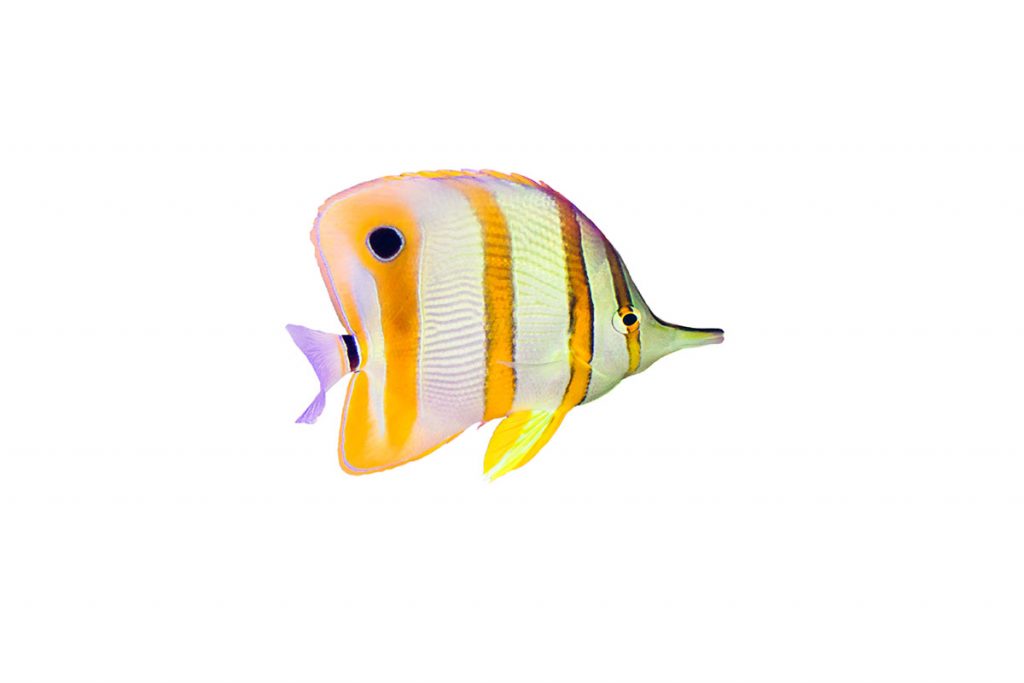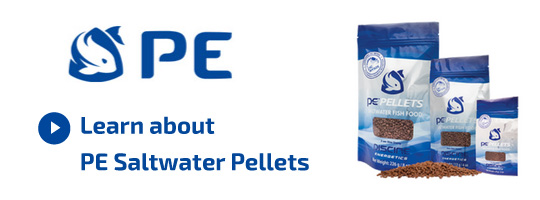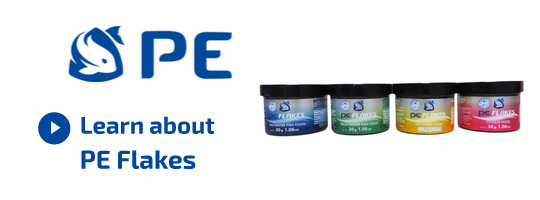Butterflyfish Species
The Butterflyfishes of the family Chaetodontidae are iconic marine aquarium fishes. Being medium to large, laterally compressed fish, often with highly ornate patterning, they are a beautiful addition to any aquarium. They are a fairly diverse group of fish with 12 genera representing 129 species. The Copperband Butterfly is one of the most identifiable members of this family and can be found in almost any fish store on any given day.
Biology
Butterflyfishes are found throughout the Atlantic, Indian and Pacific oceans. Butterflyfish exhibit a range of dietary preferences, with most species consuming strictly coral polyps and anemones.
Butterflyfish are pelagic spawners, sometimes occurring in schools or pairs, meaning they rise into the water column and release their gametes into the water to be swept away by the ocean currents. One of the most fascinating aspects of butterflyfish biology is the period during their juvenile development in which they are covered in large bony plates that disappear as they mature!
Captive Care
Butterflyfish are gorgeous fish with ornate patterns that make them highly desirable for marine aquariums. Unfortunately, due to their dietary restrictions, many species do not make good candidates for aquariums. In the wild, many species of butterflyfish consume exclusively coral polyps. This diet is nearly impossible to reproduce in captivity, and of course makes them poor candidates for a tank with living coral. Fortunately, there are many beautiful species of butterflyfish that have a more generalized diet consisting largely of zooplankton, which makes them great candidates for the marine aquarium.
Most species of butterflyfish are active swimmers that can reach moderate sizes of 6 to 12”, so a tank of 125 gallons or larger is suggested for most species.
Suggested Piscine Energetics Products
We suggest a diet based on Piscine Energetics Frozen Mysis, Piscine Energetics Frozen Calanus, Piscine Energetics Pellets (1mm and 2mm) and Piscine Energetics Saltwater Flakes.
What People Say
After feeding my seahorses your mysis for about 3 months; they are fat and happy!!! they give me baby seahorses (at least 300 ) each 14 days... So I'm very satisfied of your mysis.The frozen mysis is about 70 per cent of their diet.
Yvan Charbonneau Quebec
I am keeping these Indian mudskippers -- very cute -- about 3-4 inches long. I've been feeding them frozen bloodworm, and decided to try them on mysis. I feed them in a "shallows" in the 150 I have set up for them. The minute the mysis hit the water they were on it, frozen and all. They gorged until their little bellies were almost bursting. I have yet to see an aquatic creature that does not go absolutely nuts over PE Mysis.






